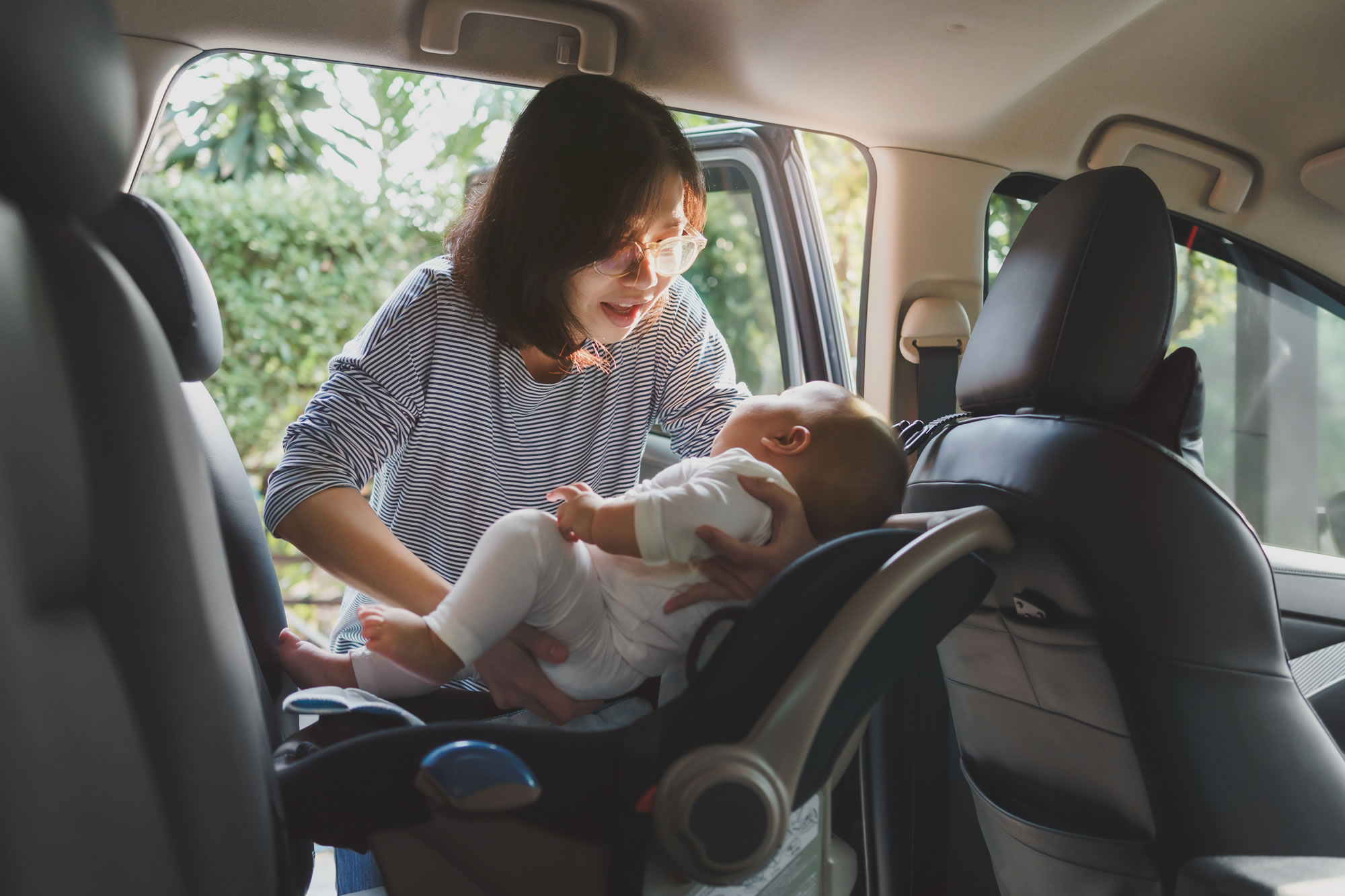In response to an article posted at www.cbsnews.com
On April 25th, we commented on child seat safety regulations in British Columbia. With new research published by the American Academy of Pediatrics (AAP), I thought it a good idea to revisit the topic.
In our earlier post, we draw attention to the child restraint laws introduced province-wide in 2008. In BC, an infant must remain in a rear-facing car seat until they are a year old and a minimum of 9kg (20 lbs). We also encourage parents to keep their one-year-olds in a rear-facing position even into their second year. Not until they outgrow their rear-facing seat should they move to a bigger, forward-facing setup.
The new guidelines published by the AAP give us even more reason to use rear-facing car seats for children up to the age of two. Research shows that severe injury to forward-facing children is five times greater than those in rear-facing seats. Why? Because rear-facing seats distribute the force from a crash over a child’s entire body to prevent extreme injuries.
So what can we take from this? Ignore the long-accepted rule of thumb that tells us to flip the direction of our infant’s car seat when they turn one. Your precious cargo is best in a rear-facing seat. Only when they have reached the manufacturer’s height and weight limitations should they face the front – even if it takes them all the way to their second birthday.







